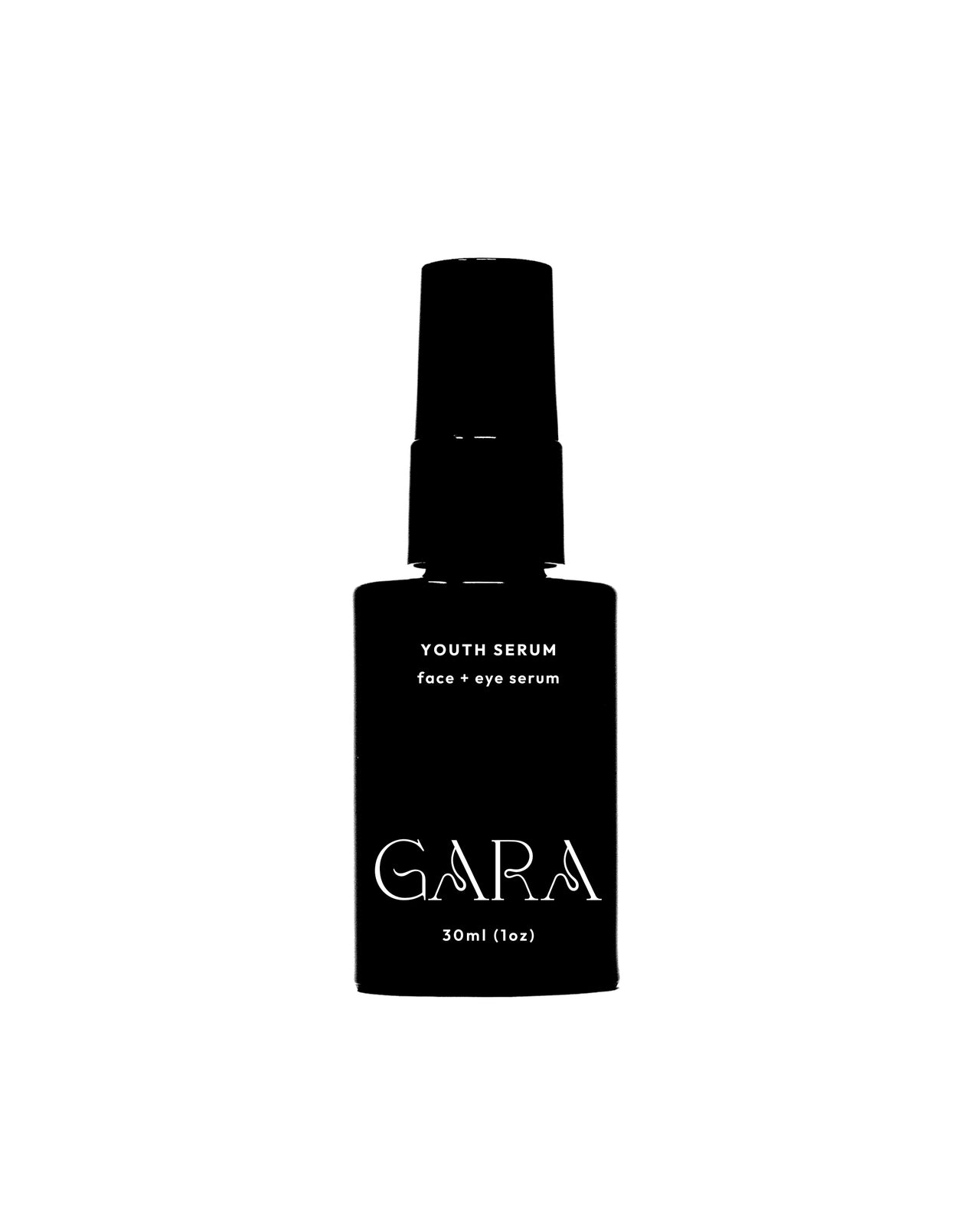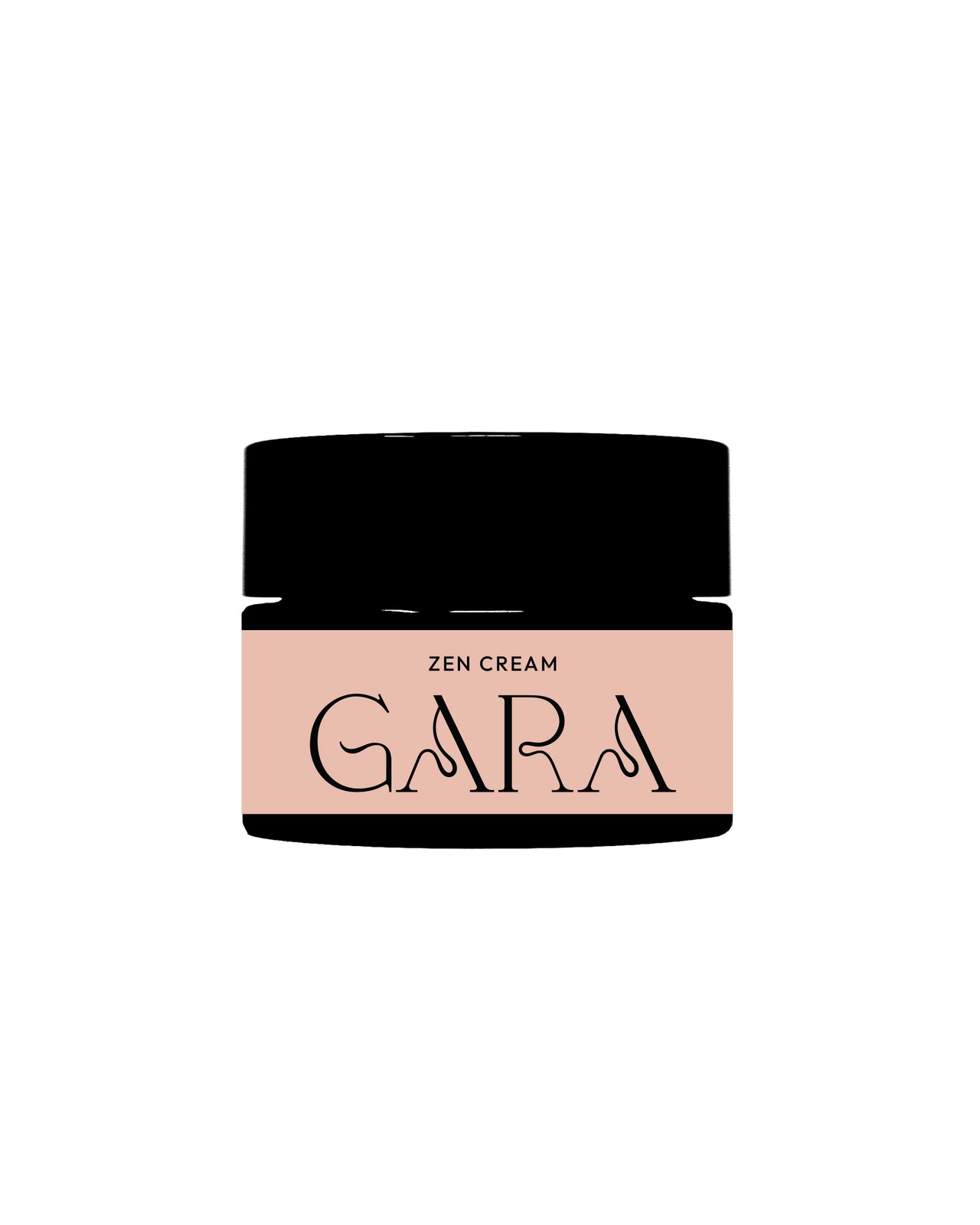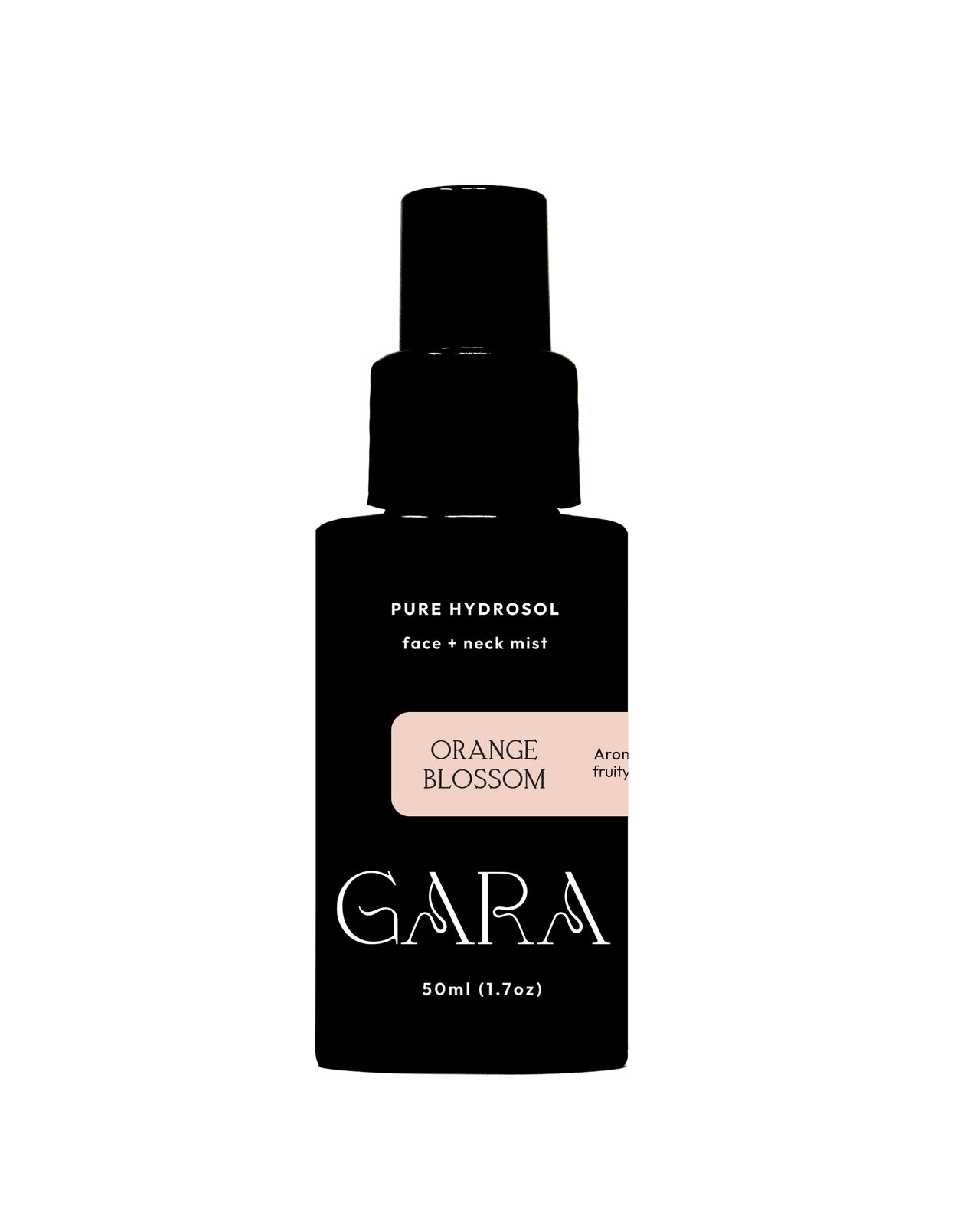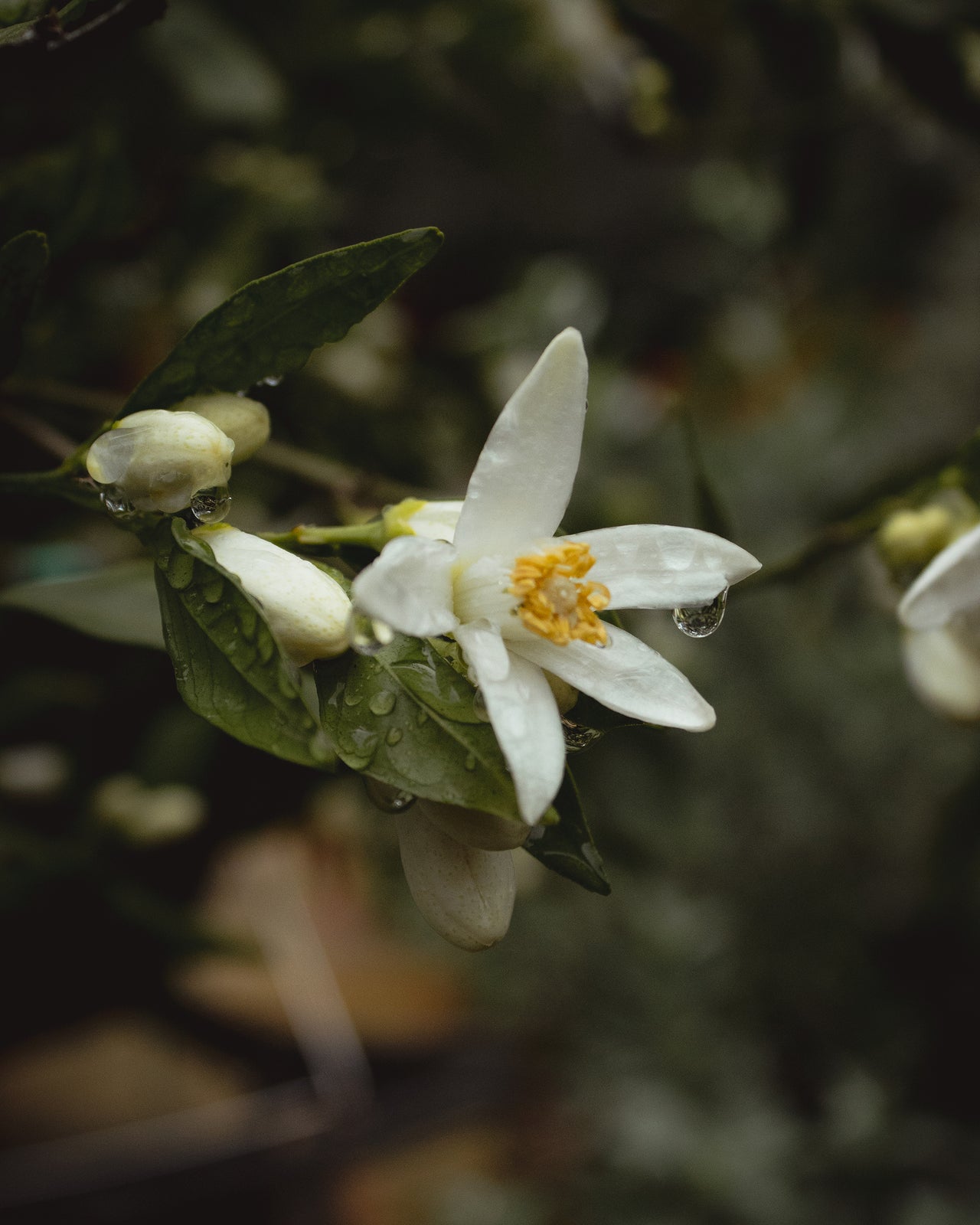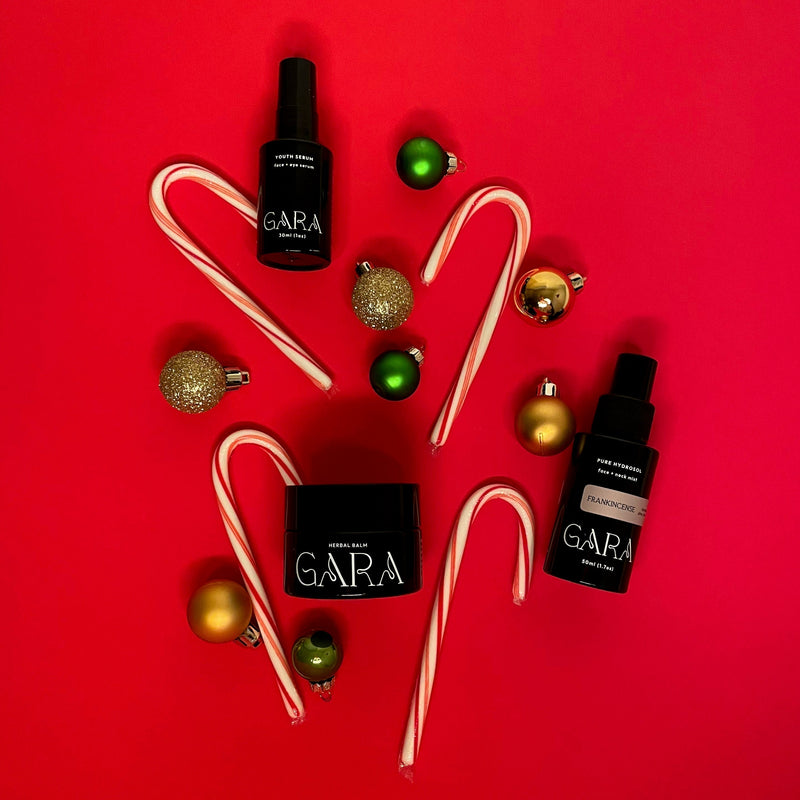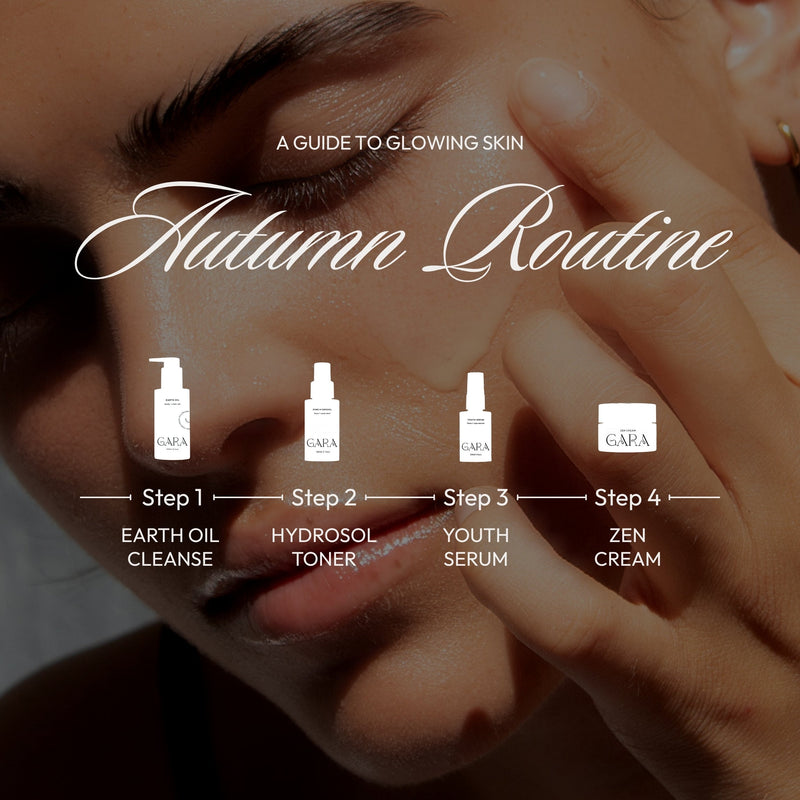We recently distilled Sweet Annie Hydrosol from the garden. We harvested the fresh aerial parts of the Artemisia annua plant and discovered it is a hidden gem in the world of herbal remedies. The plant itself is tall and majestic, blooming late in the summer to offer its tiny flowers to the pollinators when most other plants have finished their flowering cycle. The flowers and leaves turn from bright neon green into beautiful golden yellow hues and its stalk, the most beautiful magenta red I have ever seen. It is always a pleasure to work with plants that are new to us and throughout this distillation, we learned about its rich history in herbalism and its remarkable contributions to the health of humans around the world.
The Sweet Annie Hydrosol is revered for its sweet, herbaceous, and minty aroma, boasting classic Artemisia undertones. Its strong aromatic profile makes it an excellent choice as an aromatherapy mist when working with emotional trauma. Sweet Annie serves as an ally for helping one find inner peace and harmony. Many aromatherapists and perfumers love to employ this plant not only for its pleasing aroma but for its powerful impacts on mental health.
With its pleasant and powerful aroma, Sweet Annie Hydrosol can keep bothersome insects at bay, making it an eco-friendly alternative to chemical repellents. This hydrosol can be used as an overall deodorizing body spray, acting as both a perfume and a cleansing toner.
Sweet Annie, also sometimes called Sweet Wormwood, holds a special place in the modern and ancient practices of herbalism due to the presence of artemisinin, a compound found exclusively in this plant. Artemisinin has been a key component in traditional herbal treatments for malaria, demonstrating its efficacy in combating this deadly disease. Numerous studies, such as those by Tu Youyou, the Nobel laureate in Physiology or Medicine in 2015, have highlighted the importance of artemisinin in malaria treatment.
Sweet Annie has also been shown to have overall immune-boosting effects. Many compounds found in this plant can help support the body's natural defenses. Animal studies show that Artemisia annua increases antiinflammatory prostaglandin levels in the gastric mucosa, thus helping to treat gastric ulcers.
This plant has been used by many traditional cultures for thousands of years and has many benefits to offer both externally and internally. Its sweet and aromatic qualities make it an excellent choice for aromatherapy, while its historical significance in malaria treatment showcases its potential in the field of herbalism. Whether you seek emotional support, a natural insect repellent, or an overall body deodorizer, Sweet Annie Hydrosol offers a holistic approach to health that is worth exploring.
References:
Tu Youyou. (2015). The Discovery of Artemisinin (Qinghaosu) and Nobel Prize in Physiology or Medicine. World Scientific Publishing.
Bero, J., & Frédérich, M. (2020). Medicinal and Aromatic Plants of the World. CRC Press.
Jansen, F. H. (2006). The herbal tea approach for artemisinin as a therapy for malaria? Trans R Soc Trop Med Hyg, 100(3), 285-286. doi: 10.1016/j.trstmh.2005.07.015



